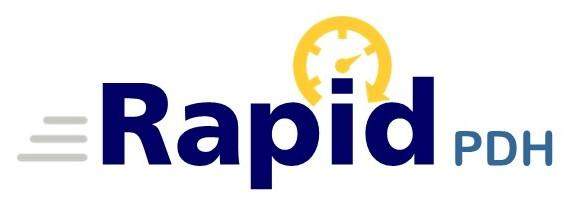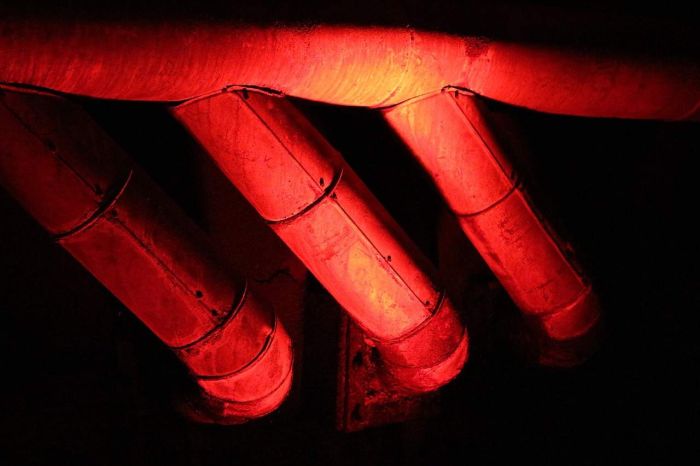Characterization of Flat-Plate Heat Pipe Functionality for Fuel Cell Application
This course discusses the full characterization of the operation of an HP with unique geometry designed for fuel cell heat removal at operating temperatures up to 100 °C and to assess the suitability of the resulting performance for cooling system integration.
Credit:4 PDH
Instructor: Juan C. Borrero, P.E.
In this four hour course, the engineer will learn about the full characterization of the operation of an HP with unique geometry designed for fuel cell heat removal at operating temperatures up to 100 °C and to assess the suitability of the resulting performance for cooling system integration. Test variables consist of cold sink thermal-contact conductance coefficient improving material usage, heat rejection temperature, contact pressure and area, HP orientation, operational hours, and variability between units. Heat pipes are typically used for electronic or aerospace applications. This course educates engineers on the variables that impact heat pipe performance in order to prevent rapid pipe degradation. Engineers can use the information learned in this course to better design electronic internals and microelectronic systems.
Through this course, engineers learn how to optimize heat pipe operation at typical operating temperatures (below 100°C). This report specifically applies to the cooling of fuel cells, although the information is transferable to a variety of applications as a cooling system. By taking this course, engineers become more familiar with key heat transfer terminology including thermal power, heat loss rate, and heat transfer coefficients. Additionally, the analysis of how environmental and pipe characteristics impact heat pipe performance allows engineers the ability to improve the efficiency of current and future electronic systems.
| Learning Objectives | At the end of this course, you should be able to:
|
|---|---|
| Certificate | Yes. Instant download after completing the course. |
| CEU/PDH | 0.4 CEU / 4 PDH |
| Devices | Desktop, Tablet, Mobile |
| Language | English |



Validate your login
Sign In
Create New Account